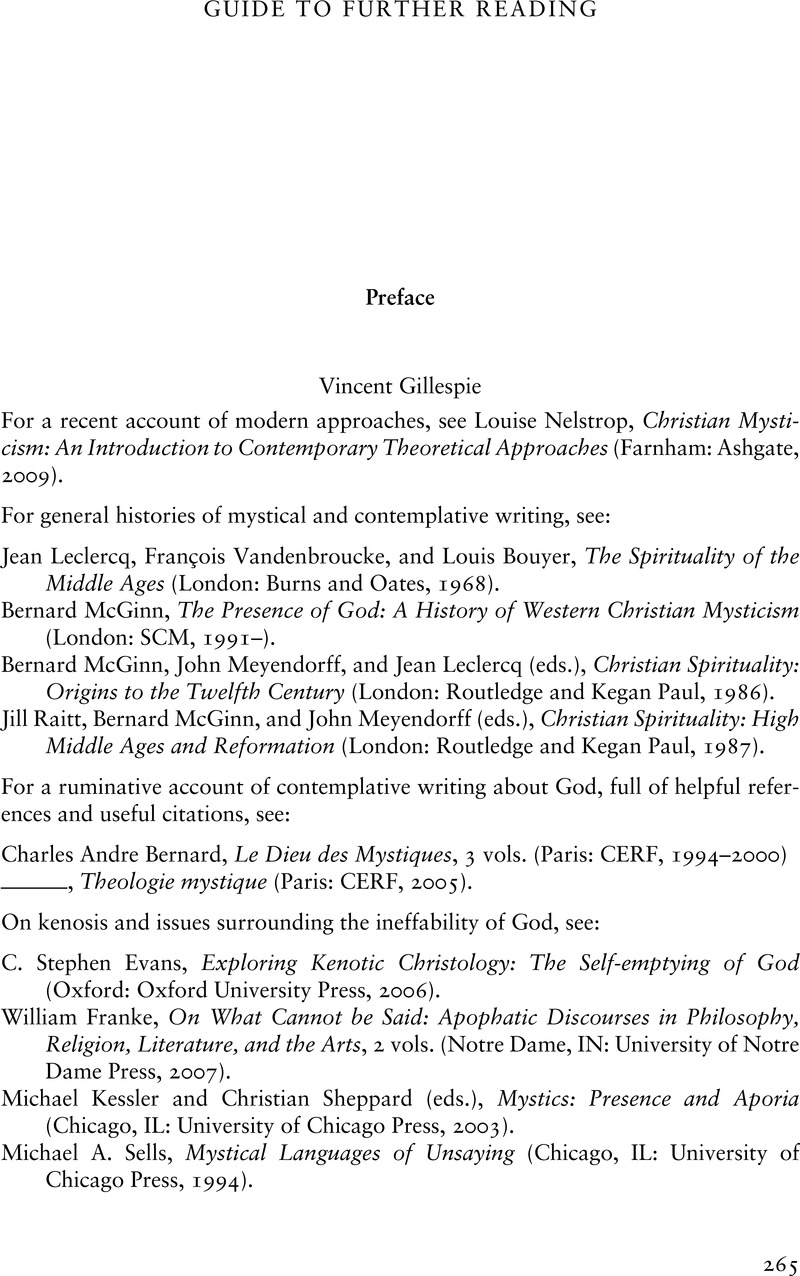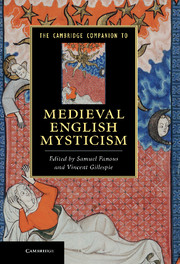Book contents
- Frontmatter
- Contents
- List of contributors
- Preface
- Chronology
- List of abbreviations
- 1 Introduction
- 2 c. 1080–1215: culture and history
- 3 c. 1080–1215: texts
- 4 1215–1349: culture and history
- 5 1215–1349: texts
- 6 1349–1412: culture and history
- 7 1349–1412: texts
- 8 1412–1534: culture and history
- 9 1412–1534: texts
- 10 1534–1550s: culture and history
- 11 1534–1550s: texts
- Guide to further reading
- Glossary of theological terms
- Index
- References
Guide to further reading
Published online by Cambridge University Press: 28 July 2011
- Frontmatter
- Contents
- List of contributors
- Preface
- Chronology
- List of abbreviations
- 1 Introduction
- 2 c. 1080–1215: culture and history
- 3 c. 1080–1215: texts
- 4 1215–1349: culture and history
- 5 1215–1349: texts
- 6 1349–1412: culture and history
- 7 1349–1412: texts
- 8 1412–1534: culture and history
- 9 1412–1534: texts
- 10 1534–1550s: culture and history
- 11 1534–1550s: texts
- Guide to further reading
- Glossary of theological terms
- Index
- References
Summary

- Type
- Chapter
- Information
- The Cambridge Companion to Medieval English Mysticism , pp. 265 - 290Publisher: Cambridge University PressPrint publication year: 2011



